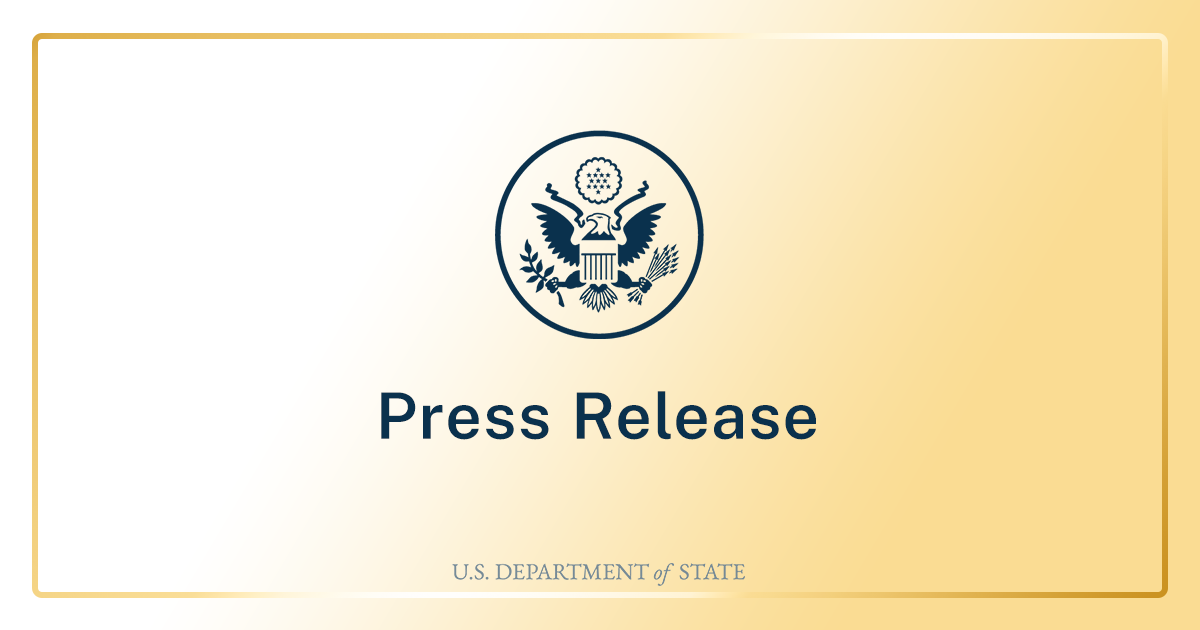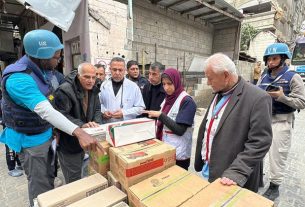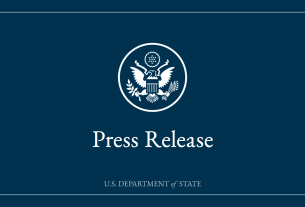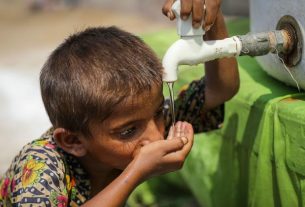On May 7, 2024, Secretary of State Antony J. Blinken announced $578 million in humanitarian, development, and economic assistance to support partner countries and help communities to respond to urgent humanitarian needs, expand lawful pathways, and support the regularization and integration of migrants during the Los Angeles Declaration on Migration and Protection Ministerial in Guatemala City.
Of that, nearly $459 million in additional humanitarian assistance responds to the needs of refugees, vulnerable migrants, and other displaced persons across the Western Hemisphere, as well as support for the Safe Mobility Initiative (SMOs). This life-saving assistance from the American people includes more than $376 million through the Department of State’s Bureau of Population, Refugees, and Migration (PRM) and nearly $83 million through the United States Agency for International Development (USAID). This brings the total U.S. humanitarian assistance for the Western Hemisphere to more than $3.9 billion since fiscal year 2021.
The United States is proud to be the largest single donor of humanitarian assistance for the Western Hemisphere and strongly supports engagement with international organizations, civil society, the private sector, multilateral development banks, and think tanks in the important work under the Declaration. Through collaborative efforts with partners, we are reducing irregular migration and improving the lives of millions of people throughout the Western Hemisphere.
The assistance announced in Guatemala advances the goals of the Los Angeles Declaration on Migration and Protection and will address humanitarian needs arising from historic levels of displacement, with more than 22 million people displaced across the region, including more than 7.7 million Venezuelans.
Humanitarian assistance announced at the Ministerial includes:
- Assistance provided through international organization partners to support the most vulnerable refugees and migrants and their host communities’ critical needs, including emergency shelter; food assistance; access to health care and education; water, sanitation, and hygiene supplies; support for livelihoods; assisted voluntary returns; and protection for those in situations of vulnerability, including women, children and youth, LGBTQI+ individuals, persons with disabilities, and Indigenous persons.
- Support through international organization partners as they work with governments around the region to regularize and integrate migrants and refugees, build and strengthen their asylum systems, expand and increase access to lawful pathways as an alternative to irregular migration, and provide life-saving support and protection to refugees, asylum seekers, stateless persons, and vulnerable migrants.
- Funding for the Safe Mobility Initiative to expand access to lawful pathways for refugees and migrants across the region. Since the launch of the initiative in June 2023, 8,200 refugees have already completed the full security vetting process and arrived in the United States. This funding will ensure that this important initiative can continue.
- Capacity building programs to help governments in the region adopt, manage, and sustain immigration systems, laws, policies, and practices that promote safe, orderly, and humane migration, while also seeking to reduce migrant vulnerabilities, counter the efforts of human traffickers and smugglers, and discourage irregular migration.
This humanitarian assistance complements the efforts of generous host communities in Argentina, Aruba, Belize, Brazil, Chile, Colombia, Costa Rica, Curacao, Dominican Republic, Ecuador, El Salvador, Guatemala, Guyana, Haiti, Honduras, Mexico, Panama, Paraguay, Peru, Suriname, Trinidad and Tobago, Uruguay, and Venezuela. Examples of hemispheric achievements through the Los Angeles Declaration to date include:
- In Colombia, U.S. assistance helped register more than 2.5 million Venezuelans for Temporary Protected Status in the last three years, which allows them to work and access health and education services in Colombia.
- In Peru, U.S. assistance provides shelter, water, and sanitation to more than one million displaced Venezuelans in Lima, Peru, one of the largest urban refugee and migrant hosting cities in the world.
- In Panama and Costa Rica, U.S. assistance facilitates access to clean water for more than 800,000 people, which benefits host communities and helps save lives.
- Inside Venezuela, U.S. humanitarian assistance supports a multi-sectoral response for vulnerable Venezuelans, including emergency food assistance; access to primary healthcare services and basic medicines and medical supplies; provision of safe drinking water and distribution of hygiene kits; and programs that help safeguard vulnerable Venezuelans, especially vulnerable women and children, from violence and exploitation; among other critical support services.
- In Brazil, Colombia, and Peru, U.S. humanitarian assistance provides emergency food assistance to migrants, refugees, and host communities.
- Emergency food assistance for migrants and refugees and their host communities in the region.
Through this assistance the United States is making it possible for millions of refugees, migrants, and other vulnerable displaced persons in the region to meet their basic needs, safely remain in, integrate in, contribute to the local economy, and rebuild their lives where they are.
The United States implements rigorous safeguards against diversion of funds and other risks and works through trusted organizations that ensure assistance reaches those who need it.



